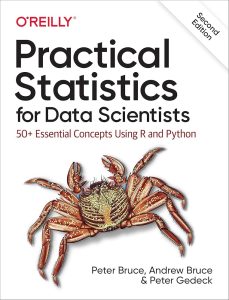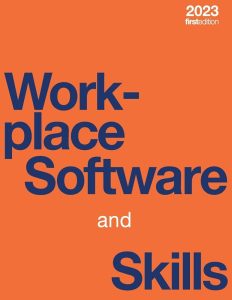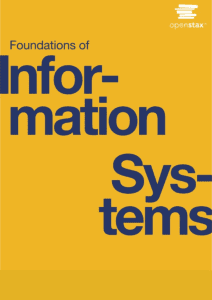In the data era, every decision – from business, healthcare, and politics to everyday life – is shaped by the information we collect and analyze. Data has become the “new oil” of the 21st century, and those who know how to harness it will gain a significant advantage in learning, research, and work.
However, data science is not just about programming or pure statistics. It is a combination of computational techniques, analytical thinking, and the ability to tell stories with data. This is also the focus of the book Principles of Data Science compiled by OpenStax – a high-quality, completely free academic resource that helps learners build a data science foundation from scratch to a level sufficient for real-world applications.
1. Introduction to the Basic Information of the Book
- Title: Principles of Data Science
- Publisher: OpenStax
- Length: Multiple chapters covering everything from basic concepts to advanced data analysis methods.
- Audience: Students, lecturers, researchers, data analysts, and anyone interested in learning data science.
- Goal: Equip learners with the mindset, methods, and tools to understand, process, analyze, and interpret data.
The special feature of this book is that it not only emphasizes theory but is consistently linked with examples, exercises, and real-world scenarios, enabling learners to apply their knowledge directly to data analysis projects.
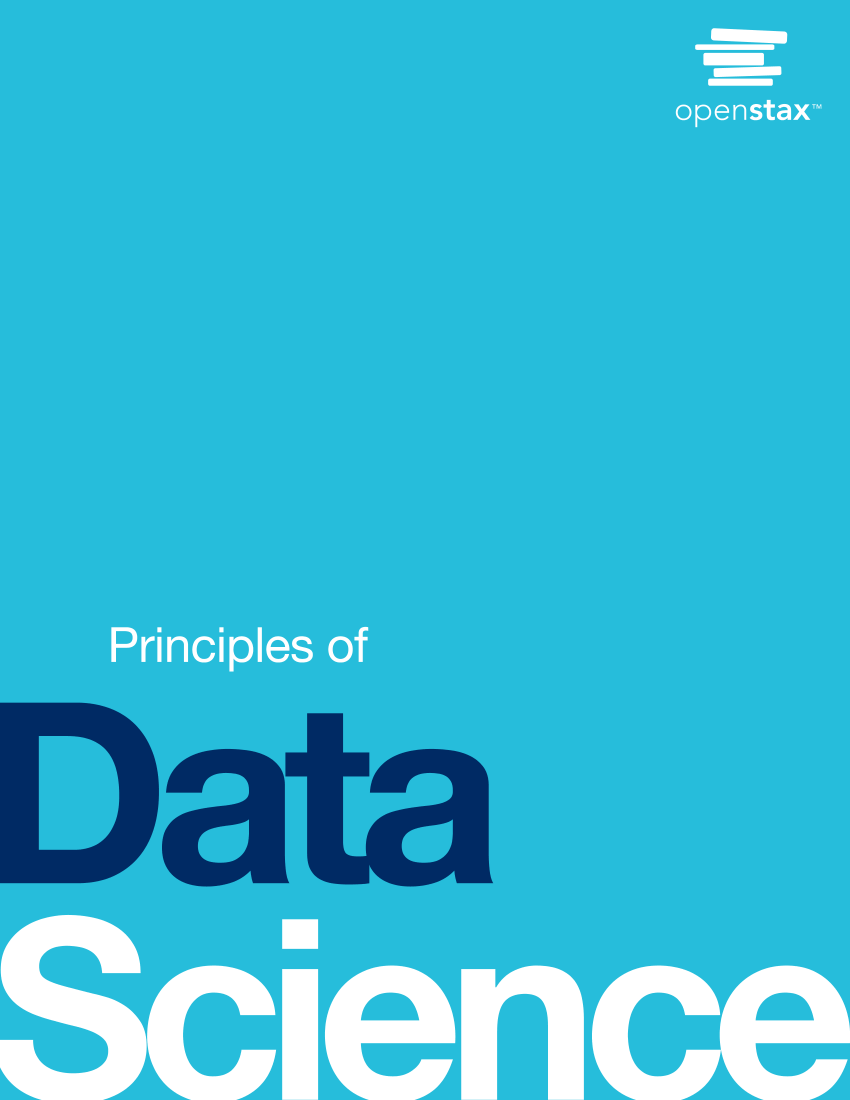
2. Content Overview
The book Principles of Data Science is divided into several main sections, each exploring a key aspect of data science:
- Introduction to Data Science
- Defines data science and its role in modern society.
- The relationship between data, information, and knowledge.
- An overview of the data analysis process: from collection → processing → analysis → visualization → decision-making.
- Data Collection and Cleaning
- Data sources: open data, databases, sensors, surveys.
- Preprocessing techniques: removing noise, handling missing values, normalizing data.
- Common tools and languages for data manipulation (Python, R, SQL).
- Exploratory Data Analysis (EDA)
- Exploratory Data Analysis (EDA)
- How to identify patterns and trends from data.
- Visualize using charts, histograms, scatter plots, and heatmaps.
- Supporting tools: matplotlib, seaborn, Tableau.
- Applied Probability and Statistics
- Fundamental knowledge of probability, distributions, and statistical hypotheses.
- Methods for hypothesis testing and statistical inference.
- Applications in drawing conclusions from uncertain data.
- Basic Machine Learning
- Introduction to the concept of machine learning and its differences from traditional statistics.
- Basic algorithms: linear regression, classification, clustering.
- Model evaluation: overfitting, underfitting, cross-validation.
- Real-world applications: business trend prediction, customer behavior analysis, pattern recognition.
- Ethics and Responsibility in Data Science
- Data security and privacy rights.
- Issues of bias in data and algorithms.
- The social responsibility of data scientists in interpreting and applying analytical results.
- Exercises and Real-World Scenarios
- After each chapter, learners will be exposed to real-world scenarios such as economic, healthcare, and environmental data analysis.
- Exercises combine both computation and report writing, helping to develop critical thinking and communication skills.
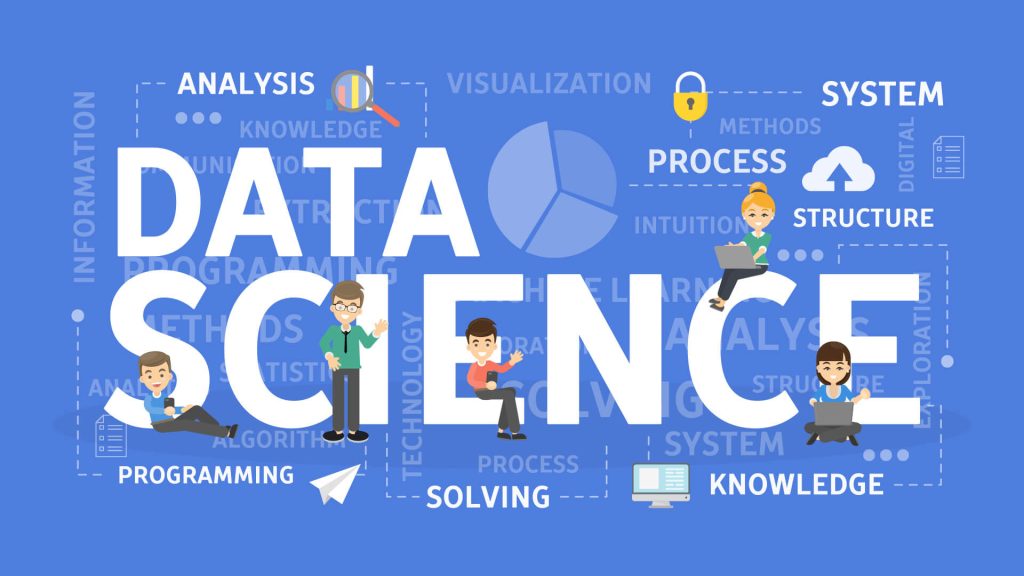
3. Who is This Book For?
- Students majoring in data science, statistics, and information technology: need foundational materials that are easy to understand and systematically organized.
- Students majoring in data science, statistics, and information technology: need foundational materials that are easy to understand and systematically organized.
- Data analysts and learners from other fields: want to start with data science but have limited foundational knowledge.
- Self-learners: interested in big data trends and artificial intelligence (AI).
4. Why You Should Read This Book
- Providing a Solid Foundation
The book not only teaches you techniques but also helps you deeply understand the nature of data and how to make decisions based on data. This is an ideal starting point before moving on to advanced courses in machine learning or AI. - Combining Theory and Practice
Each chapter includes illustrative examples, practical exercises, and application scenarios. This helps learners not only understand concepts but also know how to apply them. - Free and High Quality
OpenStax is renowned for its open educational resources, written and reviewed by leading experts. You can access it for free, yet its academic value rivals expensive commercial textbooks. - Wide Applicability
Whether you work in business, social sciences, healthcare, or technology, data analysis skills are valuable. This book equips you with the ability to interpret data to support decision-making. - Emphasis on Ethical Aspects
In the context of increasingly sensitive personal data, responsible data usage is a key factor. This book does not overlook ethical considerations, helping learners develop critical thinking and social responsibility.
5. Download and Experience
You can download or read online on platforms like SlideShare, Scribd… depending on your preference and convenience:
- Scribd: https://www.scribd.com/document/905920290/Principles-of-Data-Science
- Slideshare: https://www.slideshare.net/slideshow/principles-of-data-science-by-openstax/282655983
Note
The book Introduction to Python Programming is released under the Creative Commons Attribution (CC BY 4.0) license. You may share, redistribute, or cite the content of the book, but you must give proper credit to the author.
6. References
[1] S. V. Ault, S. N. Liao, và L. Musolino, Principles of Data Science. Houston, Texas: OpenStax, Jan. 24, 2025. [Online]. Available: https://openstax.org/books/principles-data-science/pages/1-introduction
[2] OpenDev, Foundations of Information Systems. Available: https://kienthucmo.com/en/foundations-of-information-systems/
[3] OpenDev, Introduction to Computer Science. Available: https://kienthucmo.com/en/introduction-to-computer-science/
[4] OpenDev, Principles of Data Science. Available: https://kienthucmo.com/en/principles-of-data-science/
[5] OpenDev, Workplace Software and Skills. Available: https://kienthucmo.com/en/workplace-software-and-skills/
